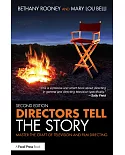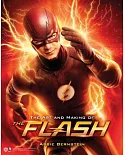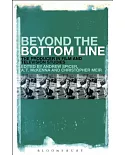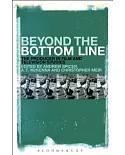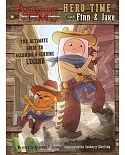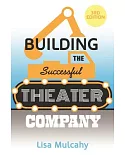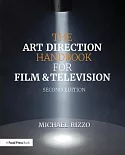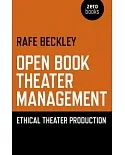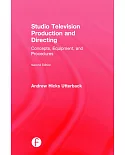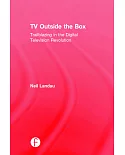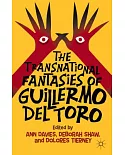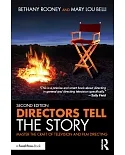Foust (journalism and public relations, Bowling Green State U.) et al. outline the techniques and practices of video production and emphasize learning within the structure of production
exercises provided in the text. They describe the importance of disciplines and techniques, the role of convergence in production, and the differences among studio, field, and remote truck
production; the duties and responsibilities of cast and crew; producing and directing functions; and cameras, lighting, audio, graphics and sets, the switcher, and recording and editing
equipment. Revised and reorganized to reflect changes in the field, this edition has more emphasis on digital, non-linear video production; updated and expanded information on mobile
technologies; updated terminology; and new and updated figures. The chapter on cameras focuses on high-definition American Television Systems Committee (ATSC) formats and incorporates a wider
range of camera types, including digital single-lens reflex cameras and consumer-grade units. A helpful companion website offers further study resources including chapter focus points, review
questions, videos, and additional materials. Discussion of National Television Systems Committee (NTSC) and differences between ATSC and NTSC has been moved to the companion website, as has
material on videotape recorder operation and linear editing. The chapter on audio has been revised to emphasize digital equipment and minimize analog coverage. There is more on how graphics are
constructed, building sets for the 16:9 aspect ratio, single-person crews, downstream keying and fade effects, and encoding and compression, including preparing video for use on sites like
YouTube and Vimeo; emphasis on tapeless technologies; exclusive emphasis on nonlinear editing in the editing chapter and tapeless recording equipment and techniques in the field production
chapter; and added discussion of the operation of live slow-motion editing servers. Annotation ©2012 Book News, Inc., Portland, OR (booknews.com)


